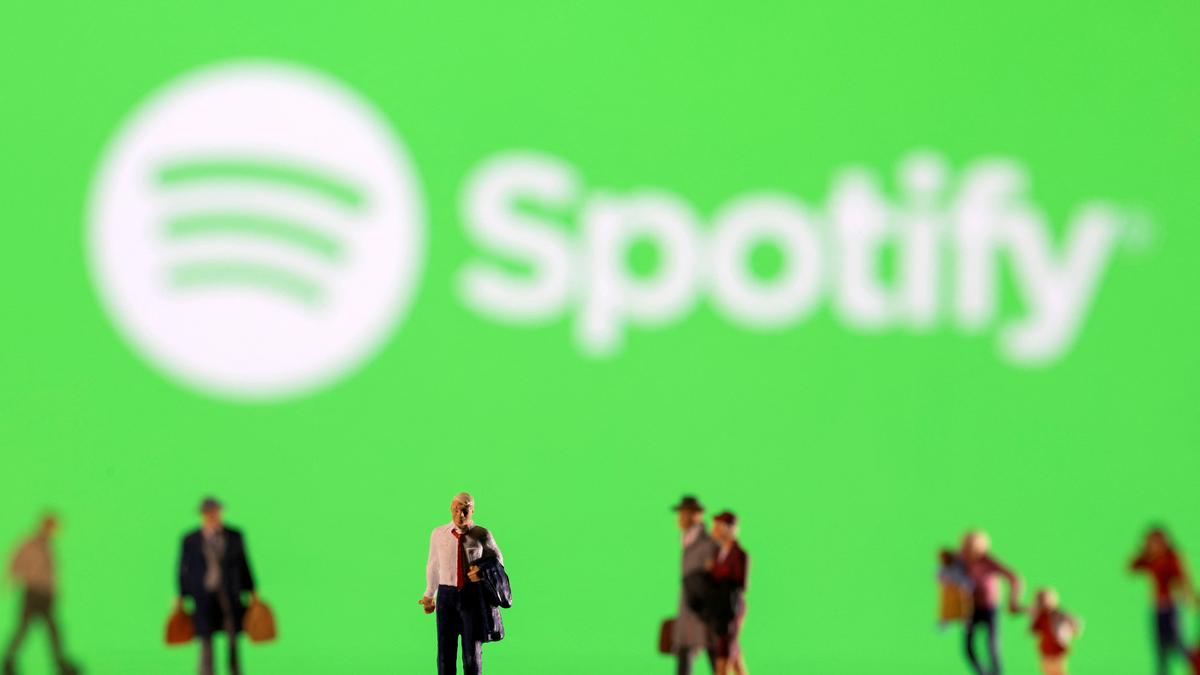Spotify, with its massive user base and seemingly endless catalog of music, has become a behemoth in the music industry. Its revenue comes from a combination of subscriptions and advertising, and artists receive royalties through a system called streamshare. But how does this system actually work, and are artists getting a fair share of the revenue? This article will delve into the intricate world of streaming royalties, explore the ongoing debate surrounding streamshare and the call for user-centric models, and discuss the potential impact of legislative proposals.
How Streaming Royalties Work: A Look Behind the Curtain
The process of distributing streaming royalties begins with Spotify collecting revenue from subscriptions and advertising. Approximately two-thirds of this revenue is then distributed to rights holders, which can include record labels, distributors, aggregators, and collecting societies. These entities, in turn, pay artists based on the terms of their contracts. Artists who are self-distributed may choose to use an aggregator or upload service, which will typically take a small percentage of their royalties.
Spotify utilizes a system known as streamshare to calculate royalty payments. Streamshare measures how many times music owned or controlled by a particular rights holder has been streamed in a specific market, divided by the total number of streams in that market. The higher a rights holder’s streamshare, the larger their share of the total payouts.
Why Streamshare is Controversial
The streamshare system has faced criticism for favoring artists with large followings and major labels with substantial market share. A user-centric system, where royalties are directly paid to artists based on individual user listening habits, has emerged as a potential alternative.
Proponents of user-centric models argue that this approach would be fairer and more transparent. For example, if a listener primarily listens to Charli XCX, she and the rights holders for her music would receive a greater share of the revenue generated from that subscription.
The Myth of the “Penny Per Stream”
A common misconception is that artists make approximately $0.003 to $0.005 per stream. However, due to the complexities of the streamshare system, it’s impossible to pinpoint a precise “per stream rate.” Instead, royalties are calculated based on a pool of money generated from a specific market and distributed proportionally based on each artist’s streamshare.
This means that the amount an artist receives per stream can fluctuate greatly depending on factors such as the total number of streams in a month, the rights holders involved, and the overall share of revenue.
The Struggles of Indie Artists and Long-Form Music
The current streaming model presents unique challenges for independent artists and those creating longer musical pieces.
Spotify’s decision to eliminate payments for songs with under 1,000 annual streams, for instance, has fueled further controversy, prompting accusations that the company is prioritizing mainstream artists at the expense of those with smaller followings.
Additionally, the focus on short tracks and playlists geared towards “background listening” creates an environment that is less conducive to genres and artists who thrive on longer, more immersive experiences.
Are Streaming Services Prioritizing Profits Over Artists?
Concerns about the adequacy of artist compensation in the streaming era have led to increased calls for change. Spotify, however, argues that its model prioritizes revenue maximization in order to pay artists as much as possible. While Spotify acknowledges that it needs to increase its subscription price, they caution against overly aggressive price hikes that might result in users abandoning the platform or engaging in illicit activities such as piracy.
The Rise of Artist Activism and Legislative Proposals
As artists push for greater transparency and equitable compensation, they are mobilizing to demand change. Organizations like the United Musicians and Allied Workers (UMAW) are advocating for legislative action.
The Living Wage for Musicians Act, introduced by U.S. Representatives Rashida Tlaib and Jamaal Bowman, proposes a new streaming royalty that would guarantee artists a minimum of one cent per stream, paid directly from streaming services.
The bill is a significant step towards ensuring artists receive fairer compensation and acknowledges the current system’s shortcomings. The proposed royalty fund would be funded through a combination of levies on non-subscription revenues and an additional subscription fee.
Takeaway Points
-
Streaming services like Spotify have fundamentally altered the music industry landscape, with subscription and advertising revenue becoming the primary revenue streams.
-
Artists receive royalties through a streamshare system, which calculates their share of revenue based on their proportion of total streams in a particular market. This system has been criticized for favoring artists with large followings and major labels.
-
A user-centric system, where royalties are paid directly to artists based on individual user listening habits, is gaining traction as a potential alternative.
-
Despite common misconceptions about “per-stream rates,” it’s important to understand that royalty payouts are complex and fluctuate depending on several factors.
-
The current streaming model faces challenges, particularly for independent artists and creators of longer musical pieces.
-
As artist activism grows, legislation aimed at ensuring fairer compensation is emerging, with bills like the Living Wage for Musicians Act offering a potential path to a more equitable future for musicians.









